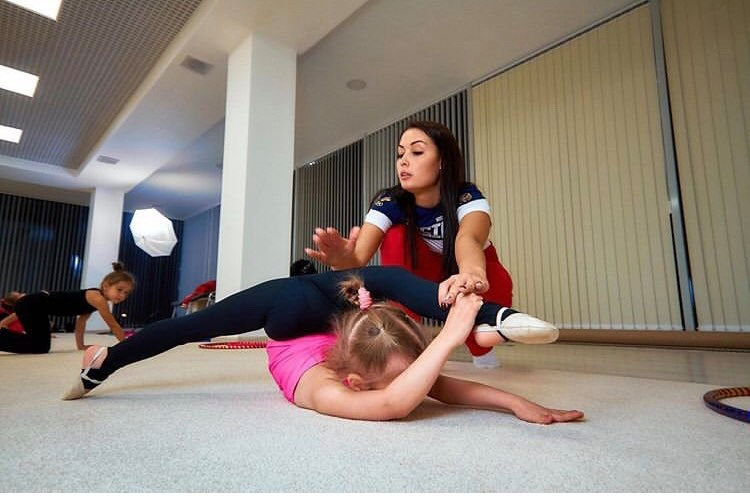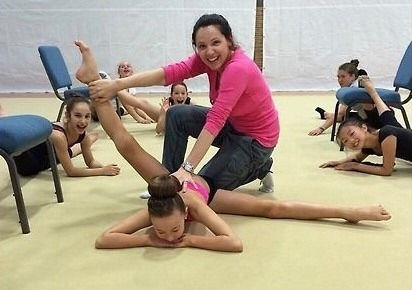RHYTHMIC GYMNASTICS FLEXIBILITY, IS IT DANGEROUS?
- Ethne Tierney
- Jun 7, 2020
- 2 min read
A way often used to gain hip flexibility is the "pulling" method. This consists of a coach or teammate pulling a gymnast's leg to keep it hyperextended for a short period of time, 1 to 2 minutes approximately. How safe is it?

There are arguments in favour and against it. People in favour argue that it's the most effective way to gain flexibility that otherwise would be either impossible or at least extremely time-consuming to get. People against it, in contrast, assure that will lead those who perform these types of stretches to injuries later on in life. It's sometimes hard to tell who is right.
In Her Releve we believe that both sides are actually right. Here are some of the pros and cons of the pulling method:

It's all about moderation
On the table, we can see that the damage these stretches can cause is mostly long term. Long term injuries occur when we abuse a certain exercise and we do it very regularly. The pulling method may damage the hips and lower back if we incorporate them into our everyday training. But if we do it to check our flexibility progress every few weeks or months, or before a competition to get that extra amplitude we need, it won't do any harm.

Depends on the level we are at
The pulling method should be exercised on a gymnast of a certain level, an age where they are body aware and can tell the difference between "good pain" and "bad pain", and most importantly, they should already have their full splits and be very comfortable with their regular over-splits.

Communication is key
The communication between the person who is pulling the leg and the athlete is very important for the puller to know when to stop and why. Is it because of stretch soreness or because of another reason? Is it a good moment to do so? How long is it good to do it for?
Questions need to be asked and there should be complete trust. If the gymnasts are intimidated by the person who is pulling (whether it's a coach to a fellow athlete), afraid of disappointing them or being reprimanded they won't communicate properly, so it's important to let them know they are in control.




Thank you for sharing your view, I really appreciate the care and dedication you put into every article